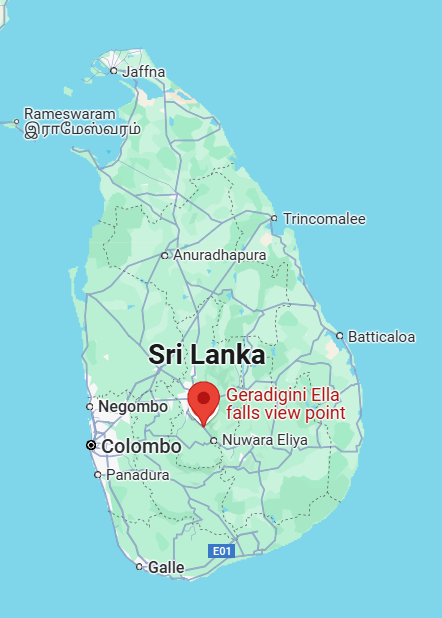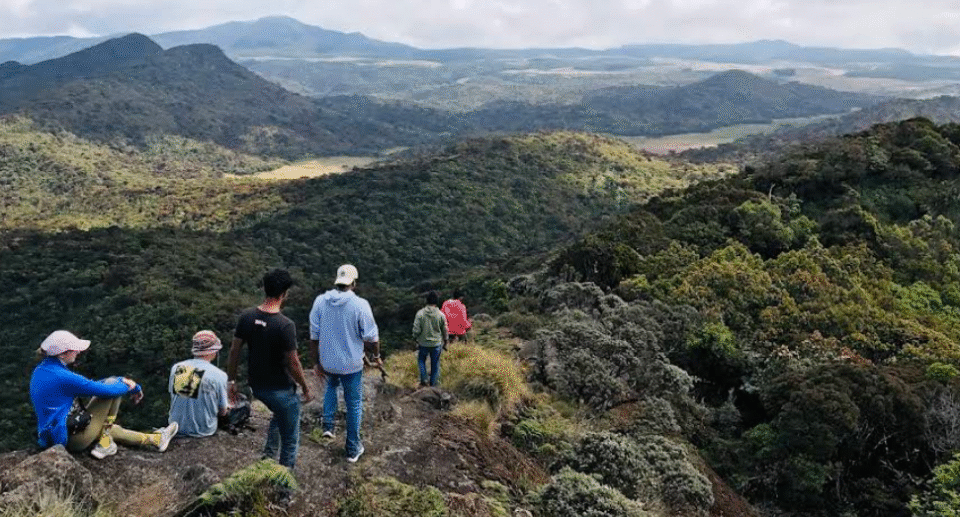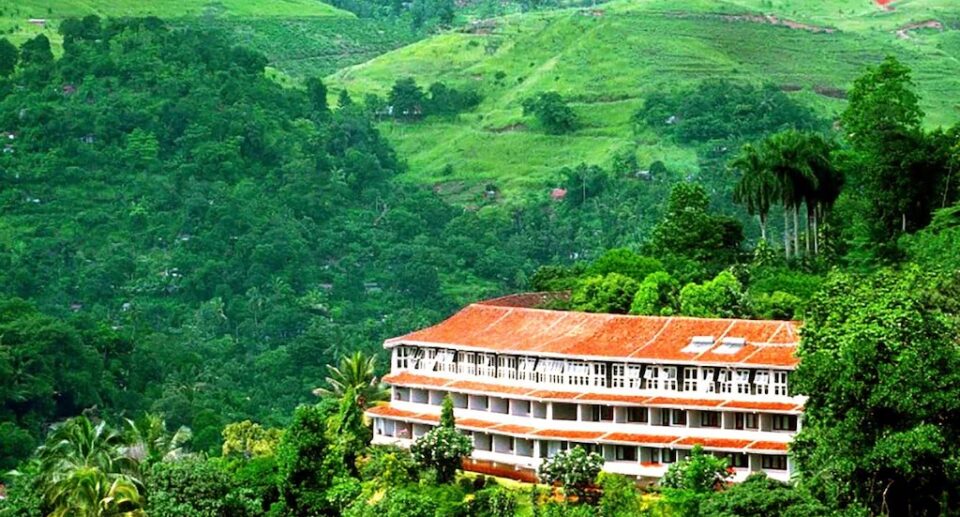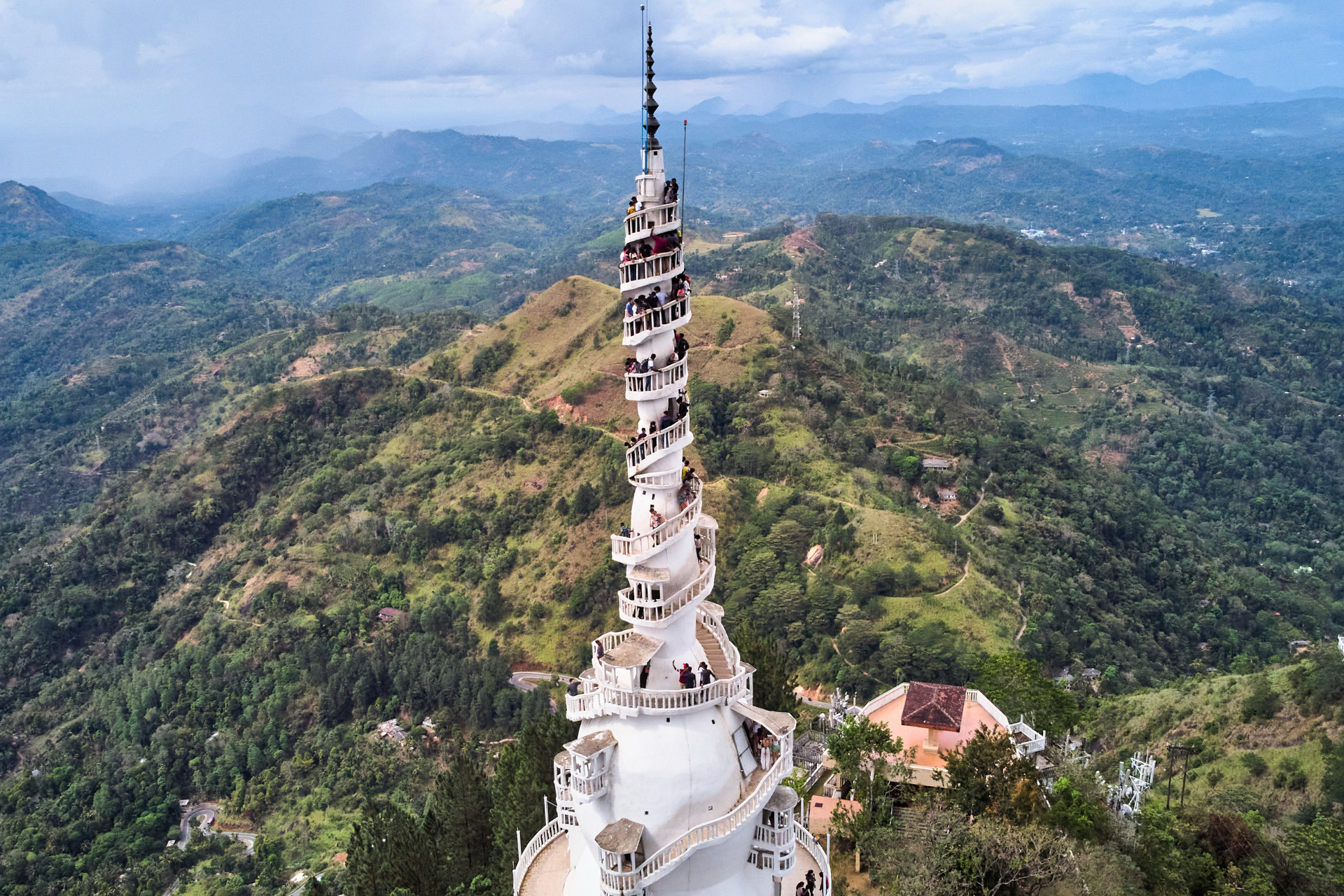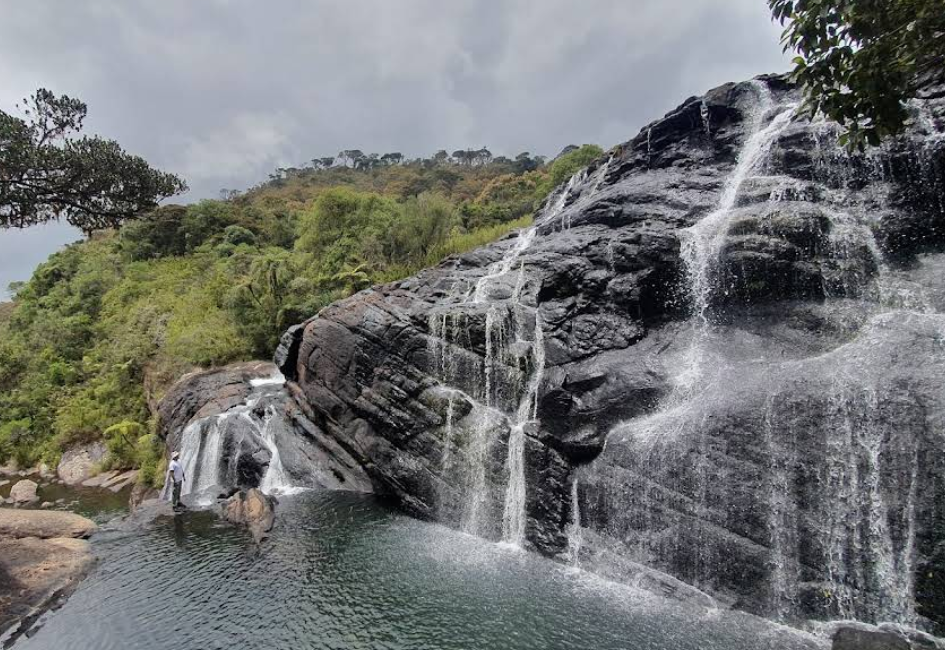Gerandigini Ella: A Hidden Gem in Sri Lanka’s Central Highlands
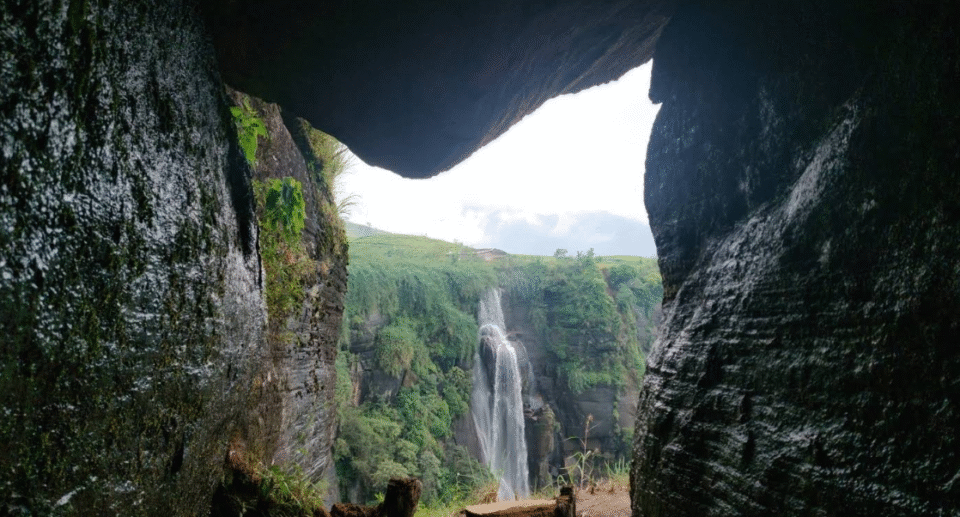
Sri Lanka, the “Pearl of the Indian Ocean,” is a country endowed with biodiversity, heritage, and natural beauty. Among its many natural wonders, waterfalls occupy a special place. Whereas globally famous falls like Bambarakanda and Ravana Ella are well known, there is a relatively lesser-known but equally stunning waterfall in the highlands of the interior — Gerandigini Ella, also known as Kalugala Gerandi Ella. This breathtaking cascade, located in the Kandy District, is not just an eyes-on treat but also an adventure seeker’s dream destination with trekking trails, scenic views, and the seclusion of pristine nature.
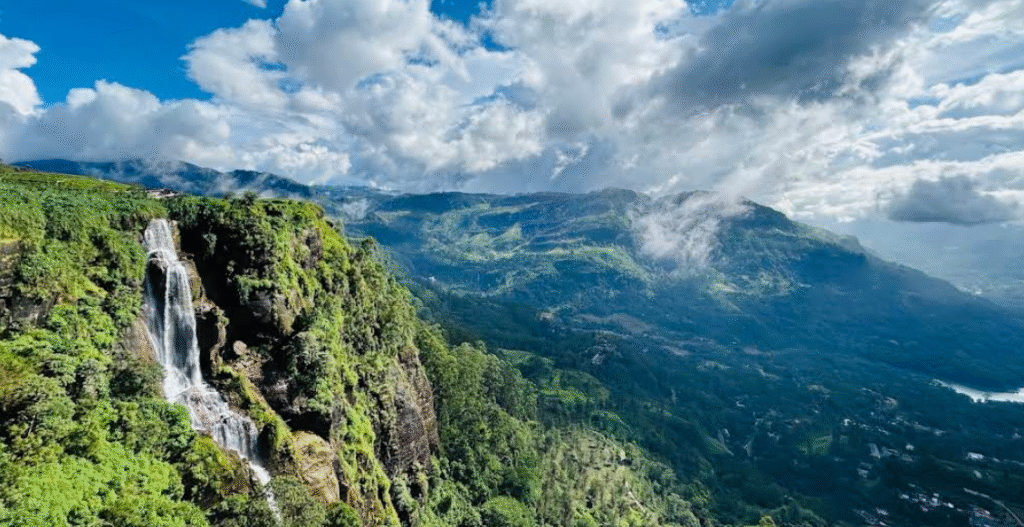
Location and Accessibility
Gerandigini Ella is located in Kalugala, a small forest-covered area approximately 60 kilometers from Kandy, one of the major cultural cities in the Central Province. The falls are formed by a stream that originates from the Galaha Forest Reserve, and which ultimately discharges into the Puna Oya, a stream of the river Mahaweli. The A26 road to Mahiyanganaya is normally the course taken by tourists in a bid to reach Gerandigini Ella, prior to taking a turn into the countryside. Although there are some views of parts of the waterfall from a distance, to access the principal site entails a challenging hike along dense forest and hillside trails.
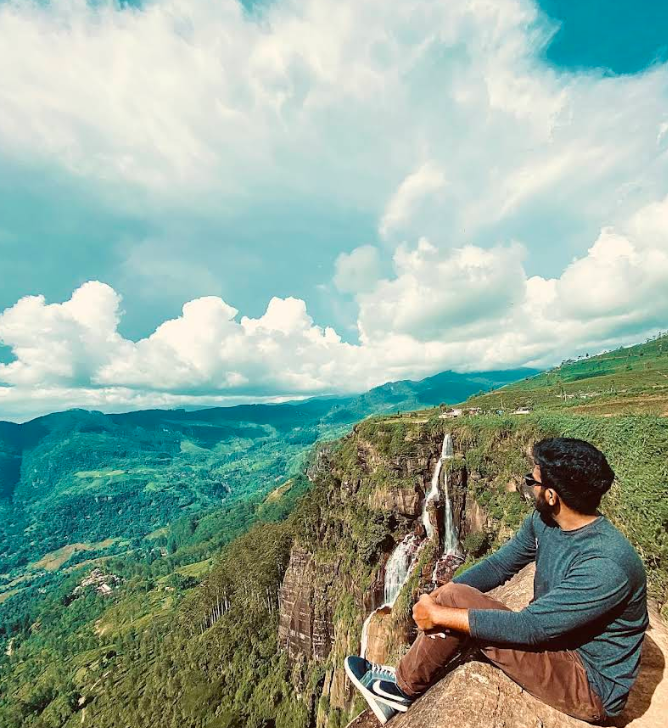
The route is for the adventure-seeker only. It involves traversing rugged, rocky terrain with steep declines, narrow trails, and slippery rocks, especially during the rainy months. But for seasoned hikers and those in love with the thrill of adventure, the risk is part of the attraction. With little commercialization around the region, the trail offers genuine, unadulterated proof of Sri Lanka’s untamed.
Physical Features and Natural Beauty
Gerandigini Ella is not a single-drop falls but a series of cascading cascades that, overall, stretch between 200 to 240 meters in elevation, making it one of Sri Lanka’s highest waterfall complexes. The tallest drop visible is around 100 meters, and the cascades cascade individually along the face of the wooded Gerandigala range of mountains. Surrounded with lush vegetation, moss-covered boulders, and crystal clear pools, the waterfall has a peaceful, almost legendary ambiance.
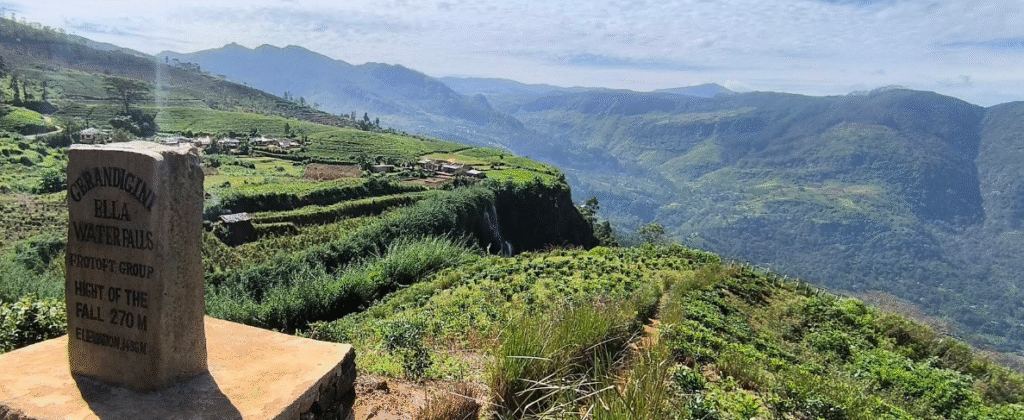
The etymology of the name “Gerandigini” is claimed to be from the Sinhalese term “gerandi,” which means a type of snake, which would have been because of the snake-like flow of the stream down the rocks. White foamy water flowing down black granite stones amidst green scenery is a lovely and enigmatic sight. In accordance with the time of day, sunlight dances over the spray, producing rainbows that contribute to the mystic environment.
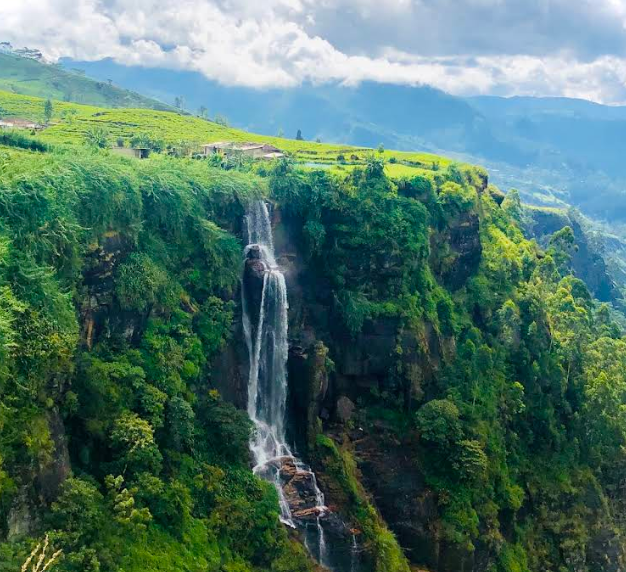
Adventure and Trekking Experience
The hike to Gerandigini Ella is graded as moderately to highly demanding, depending on the route used and weather conditions. It takes approximately 1.5 to 2.5 hours to the central viewing point, with it taking longer if one wishes to go higher up to the upper reaches of the falls or even higher up to Gerandigala Mountain, where there is an expansive view panorama of neighboring peaks such as Yahangala, Dumbanagala, and Namunukula.
Local guides typically accompany the trekkers for security and directions, since forest paths are not marked. Trekkers on the trek get a plentiful variety of flora and fauna, such as indigenous birds, butterflies, and even monkeys on good days. The pleasant weather and sound of water are a refreshing relief, especially for people visiting to escape the heat of the lowlands.
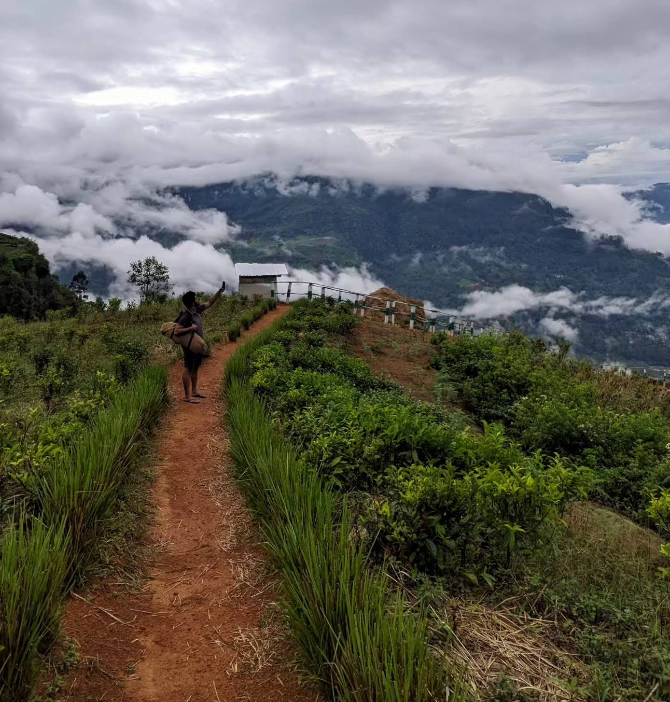
Camping and Eco-Tourism Opportunities
The area around Gerandigini Ella is ideal for camping, particularly on the flat area opposite the summit of Gerandigala. The location, being distant from city influence, allows tourists to be connected with nature. The area is perfect for stargazing, campfire tales, and morning treks to watch the sun rise above mountains.
Ecologically conscious tourists are invited to embrace “leave no trace” behavior in an attempt to preserve the waterfall and its environment. Since there are no commercial lodges in the area, campers will be required to bring their own equipment and source permissions and support from local villagers or guides.
Cultural Significance and Local Lore
Though Gerandigini Ella is not prominently used in Sri Lankan mythology and ancient literature as some other waterfalls, it is greatly respected by the local people because of its natural tranquility and cleanliness. It is often considered to be a sacred or divine place, and traditional villagers will comment on “devas” (spirits) which protect the place. There are those who have an opinion that the falls’ virginity has been maintained due to the fact that it is somewhat inaccessible, thus it is protected against over-tourism.
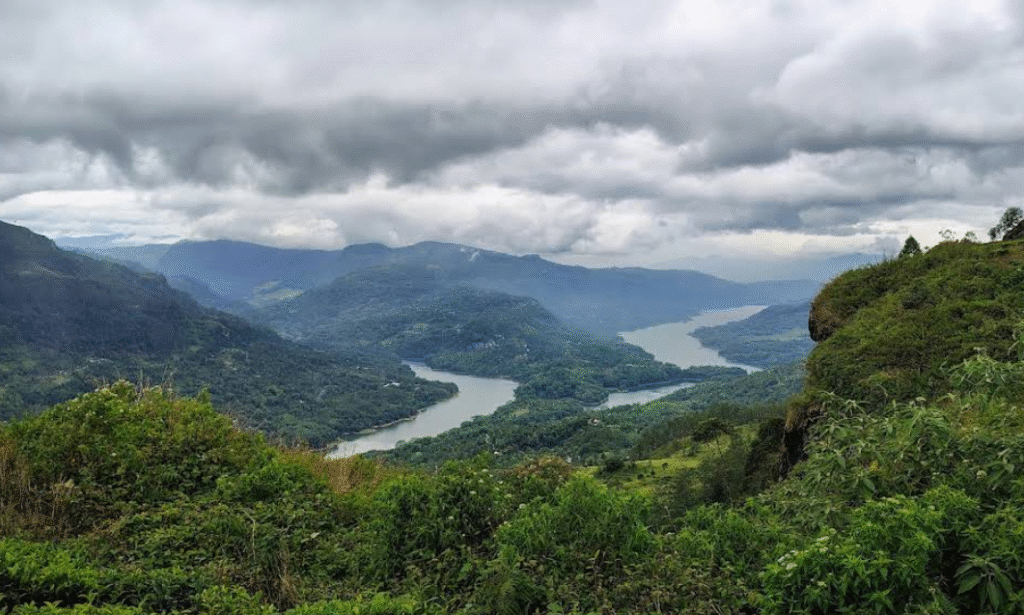
In addition, the preservation of traditional herbal medical practices and conservation by the nearby Kalugala village and the surrounding forest maintain cultural richness to the adventure experience.
Nearby Attractions
Gerandigini Ella is not in isolation from other natural and cultural attractions. Visitors can explore tea estates, forest reserves, and ancient temple ruins. The nearby Ramboda Falls, Victoria Reservoir, and Mahaweli River trails are supporting attractions for nature lovers. Others interested in Sri Lanka’s colonial history can also see nearby British-era bungalows and estates, most of which have been converted to boutique guesthouses.
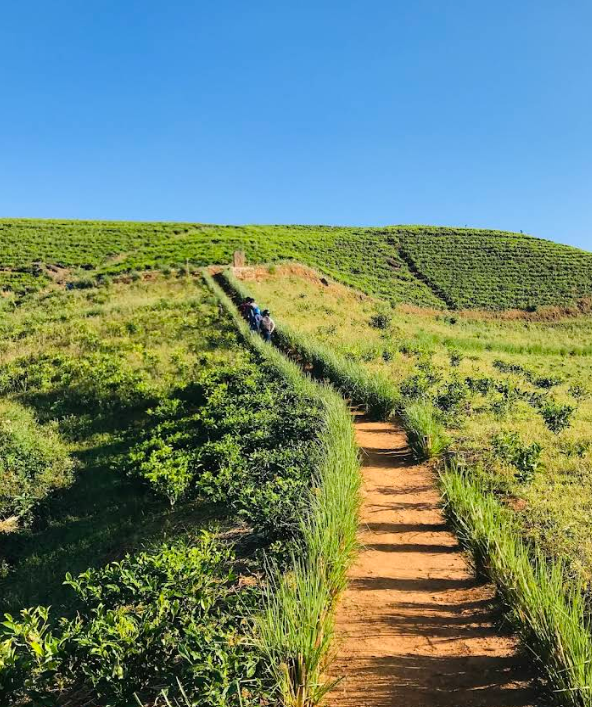
Environmental and Conservation Challenges
As out-of-the-way sites like Gerandigini Ella grow more popular, so does degradation of the environment. Unregulated tourism can lead to littering, trail erosion, and disturbance of indigenous wildlife. There is a strong call for ecologically friendly development of tourism such as organized hikes, ecologues, and conservation programs with local community involvement. Educational signage, official designation of disposal sites, and trekking permits from authorities could all help protect this natural treasure.
Further, climate change is a long-term threat. Changes in precipitation patterns make the waterfall alter direction and affect surrounding ecosystems. Conservation awareness and sustainable tourism, therefore, have important roles to play towards the future conservation of Gerandigini Ella.
Gerandigini Ella is a waterfall and a secret oasis that unites nature’s grandeur, adventure, and cultural richness. Located in the Central Province forested hills of Sri Lanka, it is a challenge one can relish for those who subscribe to unadulterated beauty. Whether you are an adventurer-hiker, a camper seeking quietude, or an eco-tourist besotted by plummeting waters, Gerandigini Ella has a guarantee of an experience to be remembered.
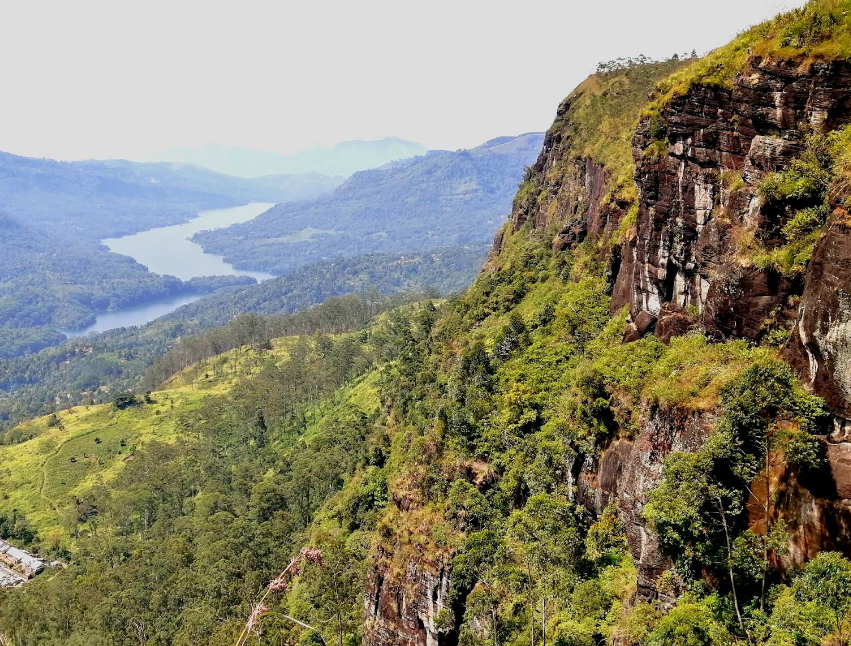
With the shift in tourism in Sri Lanka, sites like Gerandigini Ella remind one of practicing sustainable discovery — travel that keeps nature as stunning as it has always been discovered. With just the right balance of adventure and stewardship, Gerandigini Ella will remain one of the island’s most intriguing natural wonders.
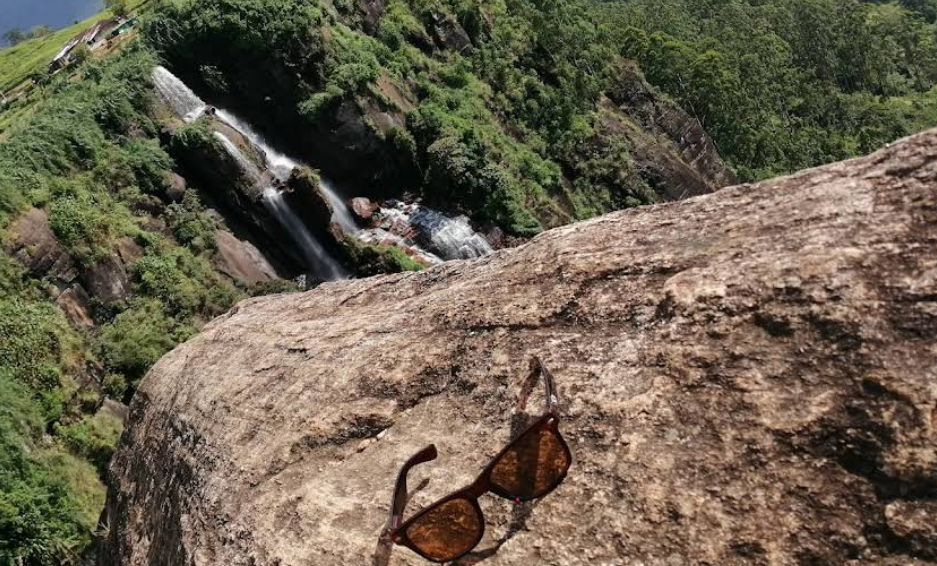
How to Get to Gerandigini Ella
1. From Colombo to Kandy (if you’re starting in Colombo)
- Distance: ~115 km
- By car/bus/train:
- Train: Colombo Fort to Kandy (approx. 2.5–3.5 hours)
- Bus: Colombo to Kandy (via A1 highway; 3–4 hours)
- Private vehicle/taxi: Faster and more flexible (2.5–3 hours)
2. From Kandy to Kalugala (Gerandigini Ella trailhead)
- Distance: ~60 km
- Route:
- Take the A26 Kandy–Mahiyangana road.
- At Udadumbara or Madugoda, turn towards Kalugala village (ask locals for directions to “Gerandi Ella” or “Kalugala waterfall”).
- Some sections are unpaved or steep, so a 4WD or tuk-tuk with an experienced driver is recommended.
3. From Kalugala to the Waterfall
- You cannot drive directly to the base of the waterfall.
- The hiking trail starts from Kalugala village and takes about 1.5–2.5 hours to reach the main viewpoint.
- Hiking details:
- The path is steep, narrow, and slippery in places.
- You’ll pass through forest, rocky terrain, and streams.
- It’s recommended to go with a local guide (especially during rainy months).
